Nigel Farage’s Reform UK will gather in Perth later this month as they set their sights on Holyrood.
And privately at least, the established parties in Scotland are concerned about the electoral threat.
It’s not just the Conservatives who have reason to worry.
While the party were the undoubted losers to the Reform wave at the general election, there’s evidence Mr Farage was able to peel votes from the SNP and Labour too.
The story of the Scottish Parliament elections in 2026 will be whether Scottish Labour can oust the SNP from power after 17 years of dominance.
But senior figures inside both parties admit Reform poses a real threat – and could even starve them of an outright victory.
In Glenrothes and Mid Fife, Reform UK candidate Ian Smith, a relative unknown, pushed the Conservatives in fourth place.
The party attracted 9.8% of the vote, up nearly seven points.
The regional list system means also means Reform won’t just push the Conservatives out like they did Douglas Ross at the general election.
‘Very likely Reform will pick up regional list seats’
With the results they’ve had recently, it’s very likely the party will pick up at least one regional list seat in both North East and Mid Scotland and Fife.
“Nigel Farage doesn’t have a huge amount to say about devolved issues, but his candidates are still winning significant chunks of support.
“It will be a huge mistake for any party to dismiss them,” a Holyrood insider told me this week.
And if polling is to be believed, much of the party’s support appears to be coming from young men.
Analysis by the John Smith Centre suggested young men were twice as likely than young women to vote for Reform.
YouGov polling after the election suggested that while Labour were the winner in both age groups, around 15% of young men aged 25-49 and 12% of those aged 18-24 back Nigel Farage.
It’s a demographic that Reform has been actively, and successfully, courting – learning lessons from Donald Trump’s landslide in the US.
It also confirms that Reform’s support doesn’t just come from disaffected Conservatives backers.
Many voting for the party may have been attracted to the idea Scottish independence in 2014 through a frustration with the status quo.
Disenfranchised and a feeling that they have been failed by government, many are understandably drawn to the answers of populism.
While Scotland rejected Brexit, and despite Nigel Farage’s previously struggling to win support through UKIP, Reform’s platform in 2026 will be a different message entirely.
Done right, it will speak to those disaffected and angry at broken promises and worsening life chances.
It was a message heard in the Scottish Parliament on Tuesday, when a leading academic warned MSPs the inability to afford housing could lead to a rising tide of populism, pointing to the victory of President-elect Trump.
Duncan Maclennan, an emeritus professor in urban economics at Glasgow University, pointed out issues with housing had always been a driver in elections.
He told the housing committee: “What you can see, I think, at a very big picture level – if politics doesn’t change housing, housing starts to begin to change politics.
“If you do an analysis of where the Liberals in Australia lost seats to Labour, and indeed the Greens, in the Australian election, they were in seats where there was a very high proportion of renters and young people who couldn’t buy.
“If you look at the roots of populism, if people actually look at what drives the Donald Trump train, housing and an inability to buy housing is a really important part of that discussion.”
Reform UK members will gather in Perth of November 30 to begin the road to the 2026 elections.
If they can come up with a convincing pitch to voters, an upset for the existing Holyrood parties will likely follow.
Nigel Farage needs to find a Scottish leader or risks falling at the first hurdle
But Reform’s potential should not be overestimated. As yet, there is no sign the party has identified how to to carry its message in Scotland.
While Nigel Farage is undoubtedly a charismatic vote winner, he will need to devolve power to a distinct Scottish party with a unique platform and policies on devolved issues. Voters know that it will not be Mr Farage putting questions to the next first minister.
Mr Farage is also far less comfortable north of the border.
Indeed, at the Reform gathering in Perth, it is his depute leader Richard Tice who will address members rather than Mr Farage.
Without a leader who can do the hard-work of convincing Scots to do more than lodge a protest vote, they may fall at the first hurdle.
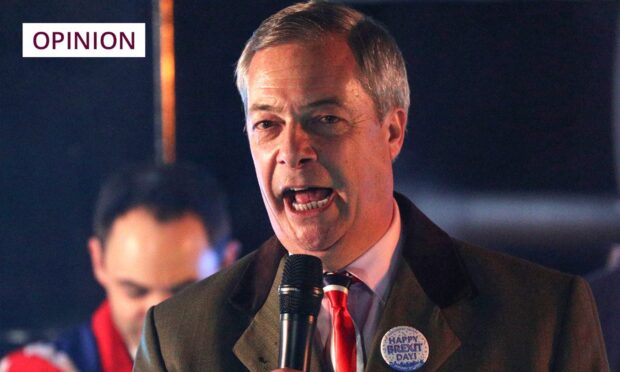

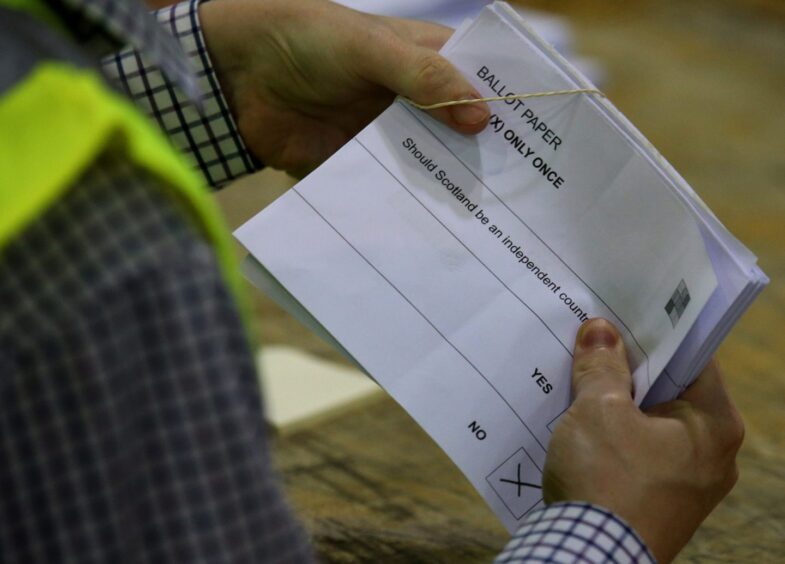
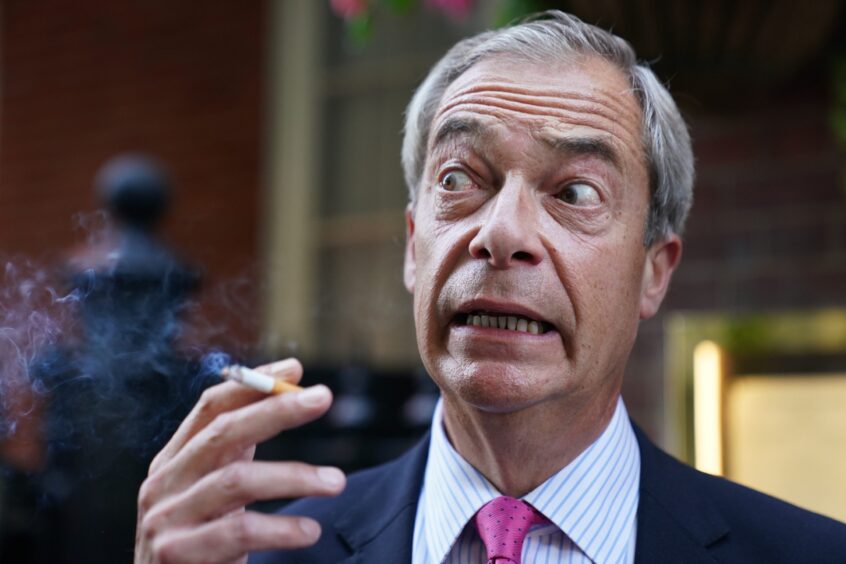
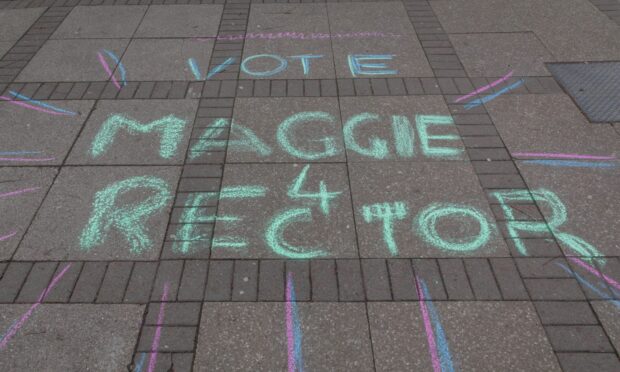

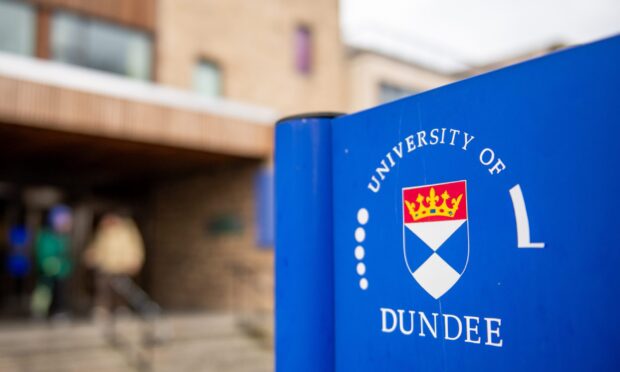
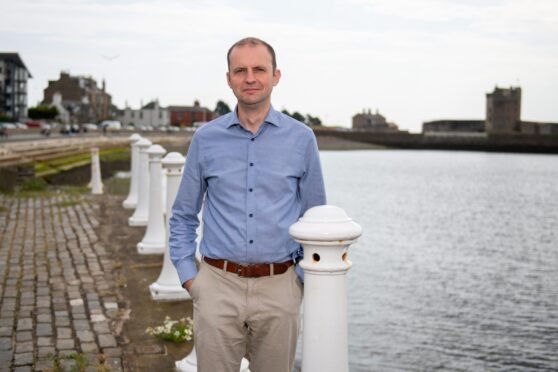
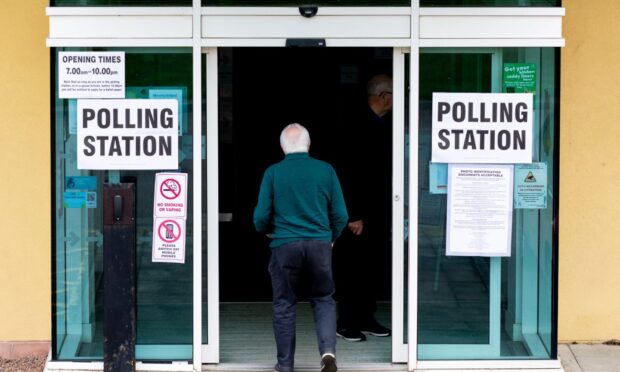
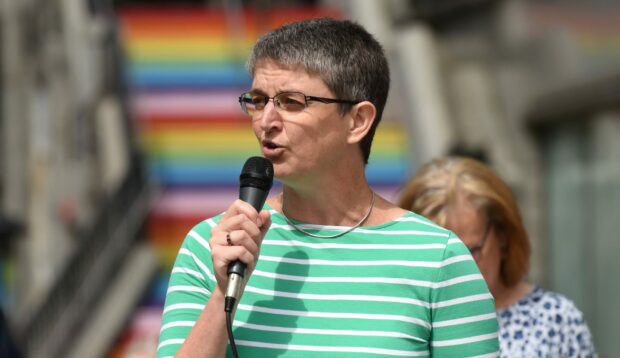
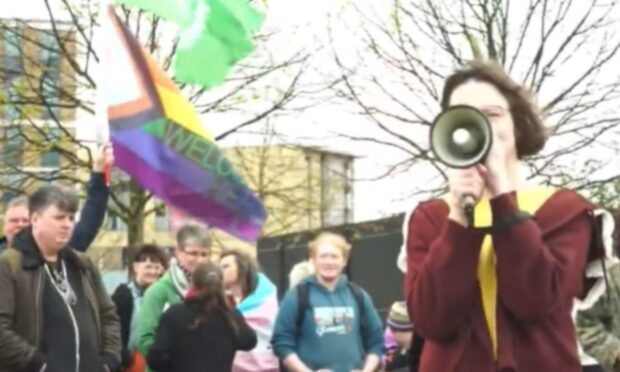

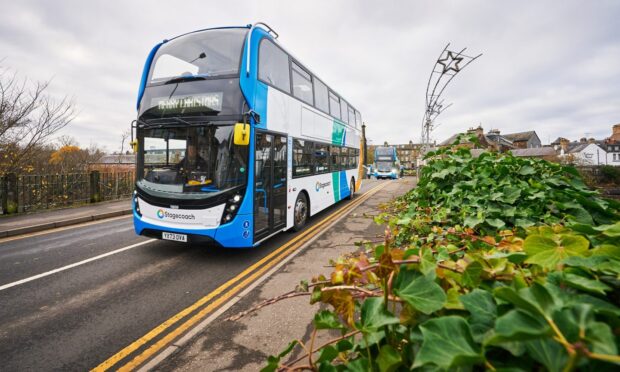

Conversation